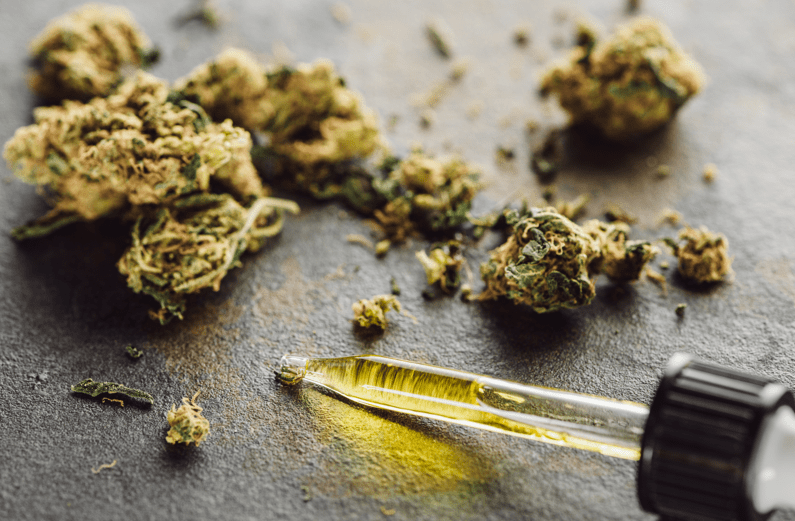
Medical marijuana has come a long way in the last few decades. Its rich and complex history has seen it evolve from a controversial and largely illegal substance to a widely accepted form of medical treatment. In this article, we’ll take a detailed look at the historical timeline of medical marijuana, tracing its origins and evolution up to the present day.
Early Use of Medical Marijuana
Ancient Civilization’s Medical Usage
The use of marijuana for medicinal purposes can be traced back thousands of years, with evidence of its use in ancient civilizations like China and India. In these cultures, marijuana was commonly used for a range of ailments, including:
- Pain relief
- Anxiety
- Insomnia
The Emergence of Modern Medical Marijuana
19th and 20th Century Emergence
It wasn’t until the 19th and 20th centuries that medical marijuana emerged as a modern medical treatment. During this time, it was used extensively for a range of conditions, including:
- Muscle spasms
- Migraines
- Depression
Skepticism and Controversy
However, despite its widespread use, medical marijuana was primarily met with skepticism and controversy, with many in the medical community questioning its efficacy and safety.
The Criminalization of Medical Marijuana
Criminalization in the Early 20th Century
In the early 20th century, the criminalization of marijuana began in earnest, with many countries, including the United States, enacting laws that made it illegal to use, possess, or distribute the drug. This was primarily driven by the following:
- Political factors
- Social factors
Lack of Real Concerns about Dangers
This criminalization was not based on any real concerns about the dangers of medical marijuana.
The Revival of Medical Marijuana
Growing Movement for Legalization
In the latter part of the 20th century, there was a growing movement to re-examine the criminalization of medical marijuana, with many proponents advocating for its legalization for medical use.
Legalization in California
This culminated in the legalization of medical marijuana in several states in the United States, starting with California in 1996.
The Modern Era of Medical Marijuana
Widely Accepted Medical Treatment
Today, medical marijuana is a widely accepted form of medical treatment, and many states and countries have legalized its use for a range of conditions. It is used to treat a wide range of symptoms and conditions, including:
- Chronic pain
- Nausea and vomiting associated with chemotherapy
- Multiple sclerosis
The National Organization for the Reform of Marijuana Laws (NORML): A Journey Through Decades of Advocacy and Activism
The National Organization for the Reform of Marijuana Laws, commonly known as NORML, is a leading advocacy organization working towards ending marijuana prohibition in the United States. Founded in the fall of 1970, NORML has a rich history of activism, lobbying, and advocacy over several decades.
The Founders of NORML
NORML was founded in Washington, D.C., by two friends, Larry Schott, and Keith Stroup. Schott, the Chief Investigator for the National Commission on Product Safety, and Stroup, a lawyer, were motivated to start NORML following a friend’s arrest for a small amount of marijuana.
Influenced by Ralph Nader’s pro-consumer advocacy and the progressive political environment of the late 1960s, they imagined NORML as a “respectable” advocate for marijuana smokers.
Early Struggles and Triumphs
In the early years, NORML faced numerous challenges in gaining support for their cause. However, with a $5,000 donation from the Playboy Foundation, NORML opened its first office in Stroup’s basement in 1971.
Throughout the 1970s, NORML attempted to convince state legislatures across the United States to decriminalize marijuana, capitalizing on the findings of the National Commission on Marijuana and Drug Abuse, which ruled that marijuana was harmless and should be decriminalized.
Advocating for Medical Reclassification
In the 1970s, NORML discovered the medicinal benefits of marijuana and began to work on medical reclassification. With the help of people like Lynn Pierson, Bob Randall, and Alice O’Leary, NORML highlighted the benefits of marijuana to people suffering from the effects of multiple sclerosis, chemotherapy, and glaucoma.
NORML in the Political Sphere
With the country’s political mood shifting in a more tolerant direction in the wake of Richard Nixon’s resignation, NORML began to gain respectability in the political middle.
In 1975, five state legislatures passed decriminalization bills, and the Alaska Supreme Court ruled that the right-to-privacy provision in the state constitution protected the personal use of marijuana at home. With the election of Jimmy Carter in 1976 and his endorsement of decriminalization in 1977, NORML had a friend in the White House.
Party Culture and the Loss of White House Connections
During their annual conferences, NORML hosted a legendary Saturday night party known for its availability of quality marijuana and cocaine.
Reflective of the permissive climate of the late 1970s, the party was attended by a mix of conference attendees, politicians, journalists, and drug dealers. However, in 1978, Dr. Peter Bourne, the Director of the White House Office of Drug Abuse Policy, was seen using cocaine at the NORML party, leading to the revelation and NORML’s loss of connections to the White House.
Surviving the “Just Say No” Era
Throughout the 1980s, NORML struggled to stay afloat, facing financial difficulties, declining membership, and societal intolerance for drug decriminalization and legalization.
Despite these challenges, NORML continued to fight for their cause, surviving the “Just Say No” era and paving the way for future generations of marijuana activists and advocates.
Conclusion
From Controversial Substance to Accepted Treatment
Medical marijuana has come a long way in the last few decades, evolving from a controversial and largely illegal substance to a widely accepted form of medical treatment.
Continued Role in Medicine
With its continued legalization and widespread use, it is clear that medical marijuana will play an essential role in medicine for many years.








